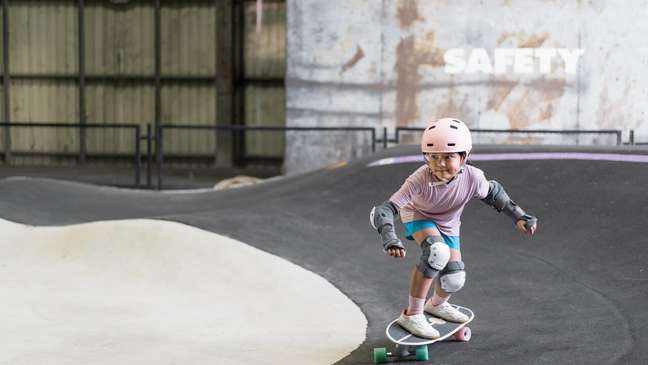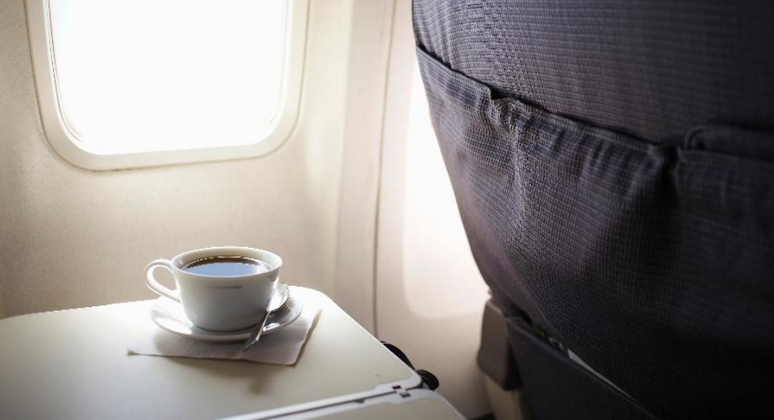It is the type of prevention to prolong the performance of those who take risks on the “wheel deck”

The challenge is literally in the daily life of a skater, that is, he always needs something more in training and to reach a high note in search of his consecration. At the same time, the practitioner of this sport also faces a serious risk of fractures, falls and injuries. This is where the research on preventive physiotherapy, which can prevent injuries in skaters, emerges and carried out at the CEUB (Centro Universitário de Brasília).
PATERNITY
The author of this content is Yuri Fonseca, 35, a physiotherapist trained at CEUB and who developed this work under the guidance of Professor Monique Azevedo. This proposal also received approval from the Research Ethics Committee of the CNS (National Health Council).
“When I started the physiotherapy course, I was already curious to know which injuries hit the skaters the most. Based on both the injuries I have had and have and the reports of other skaters. Skateboarding is an interesting activity. scientific literature is a little scarce, the history of this sport is very well documented “, said Yuri in an exclusive interview with Sports life🇧🇷
WORK
Therefore, 22 male volunteers, aged between 16 and 43, residing in the capital Brasilia and in the satellite city of Sobradinho (DF) and who have been practicing skateboarding for at least a year, were interviewed in this work. Hence, 100 questionnaires were applied.
The people involved in this proposal stated that they practice this sport from one to seven days a week and the time varies from two to six hours a day. As for the obstacles encountered on the slopes, all the members declared to perform ground (flat) and edge (ledge) maneuvers.
Among the respondents, knee pain was reported by 59.09%, ankle pain by 50% and low back pain by 36.36%. Hence ankle sprain was reported by 81.81% of the sample and knee sprain by 40.90%. Fractures in the forearm, fingers and ankle were reported by 22.72% of practitioners, with 13.63% reporting wrist and elbow fractures.
“The idea of the research was to know the prevalent injuries and develop scientific material, which could help health professionals, taking into account the return to sport and bringing skaters closer to physiotherapy,” he added.
RESULTS
Fonseca also recommended other studies on this topic in this experience and with a larger group of volunteers, given the reach that skateboarding has gained. Furthermore, Yuri added that knowledge of these injuries influences when deciding on the creation of preventive protocols.
“Many times the physiotherapy treatment of this patient does not take into account the return to sport. I have skated for 27 years. I have had several injuries and since skateboarding has become an Olympic sport, knowing and observing the reports of injuries of practitioners is a way to the development of new treatments, “he explained.
Another curiosity in this research is that the group of skaters highlighted that ankle, lumbar and knee were the areas of the body most affected both in falls and in maneuvers. Anyone who thinks that skateboarding is the only “dangerous” sport is wrong.
“Every sport has its own risk of injury, whether due to overuse, sprain, fracture, chronic injuries already developed due to lack of mobility, flexibility and balance. Regardless of the sport practiced at a competitive level or for simple pleasure, it is very important that the body he is fit and combines training with preventive practice to improve performance and avoid injury, “he said.
In this way, Professor Monique pointed out that, based on the knowledge of biomechanics and the prevention of physical therapy, physical therapy emerges as a preventive work to prevent future injuries.
“We were able to map the most common injuries and conditions of these practitioners, such as stretching before training and routine factors for each athlete. Implementing preventative practices in physical therapy will work to prolong the quality of performance of these athletes, “he guaranteed.
HISTORICAL SUMMARY
Skateboarding gained emphasis in the United States, in the State of California, in the 1950s, and “landed” in Brazilian lands in the 1960s. Sport was no longer a target of prejudice in Tupiniquim soil and provided the consolidation of the careers of Sandro Dias, Bob Burnquist and Rony Gomes.
Therefore, Rayssa Leal, Pâmela Rosa, Leticia Bufoni, Dora Varella and Pedro Barros are the leading names in Brazil today. Indeed, Rayssa was a silver medalist at the Tokyo 2020 Olympics. And Pâmela managed to become a two-time world champion (2019-2021) at just 23 years old.
PUBLIC
The Datafolha Institute carried out research at the request of CBSK (Brazilian Skate Confederation) and announced in 2015 that there are 8.5 million skaters across the country. There has been no update on this data. This amount is more than double, i.e. it was four million in 2009.
🇧🇷The best content in your email for free. Choose your favorite Earth Newsletter. Click here!
Source: Terra
Benjamin Smith is a fashion journalist and author at Gossipify, known for his coverage of the latest fashion trends and industry insights. He writes about clothing, shoes, accessories, and runway shows, providing in-depth analysis and unique perspectives. He’s respected for his ability to spot emerging designers and trends, and for providing practical fashion advice to readers.







